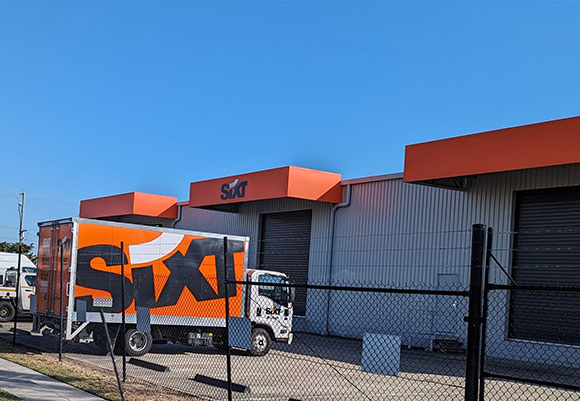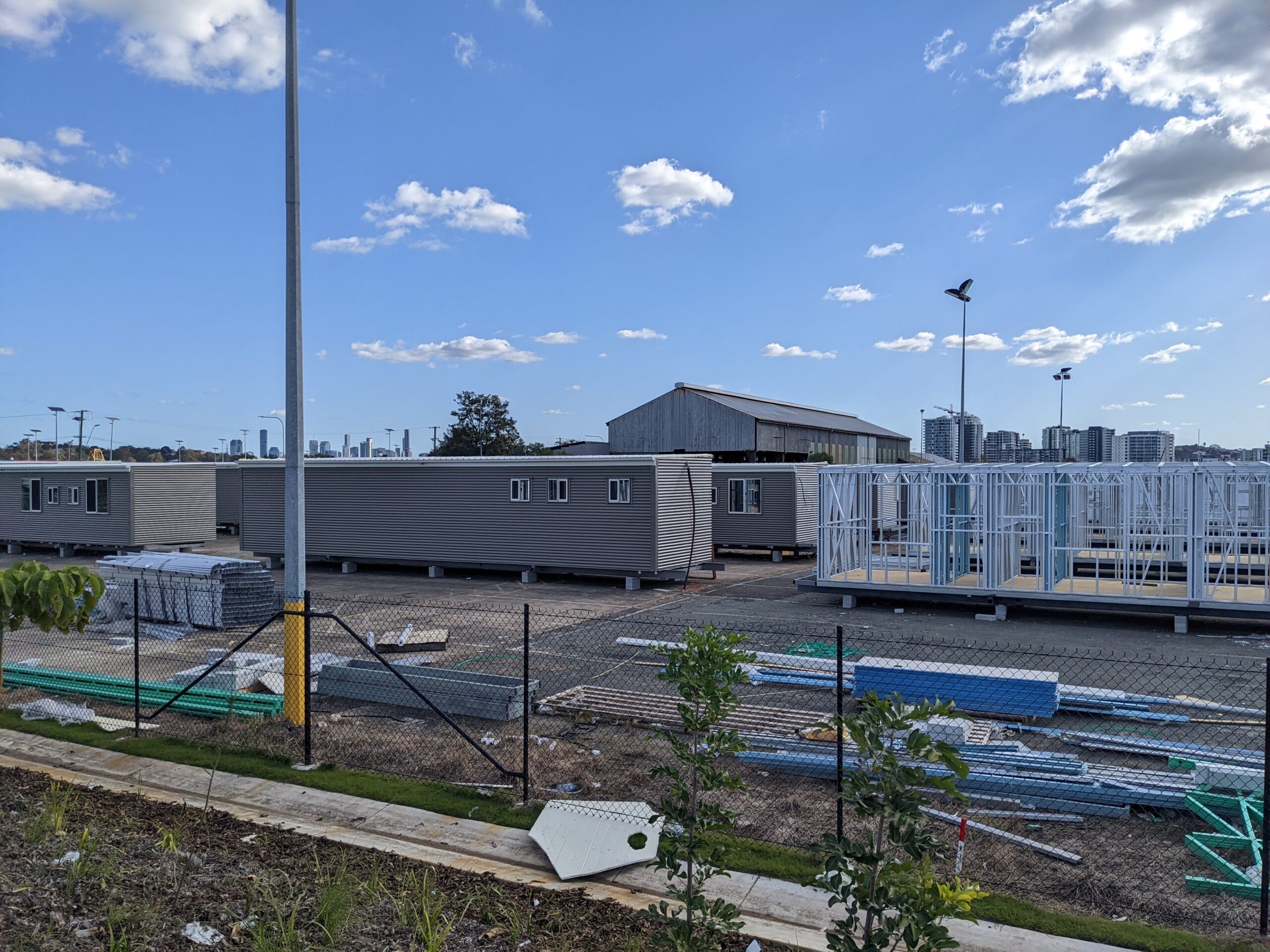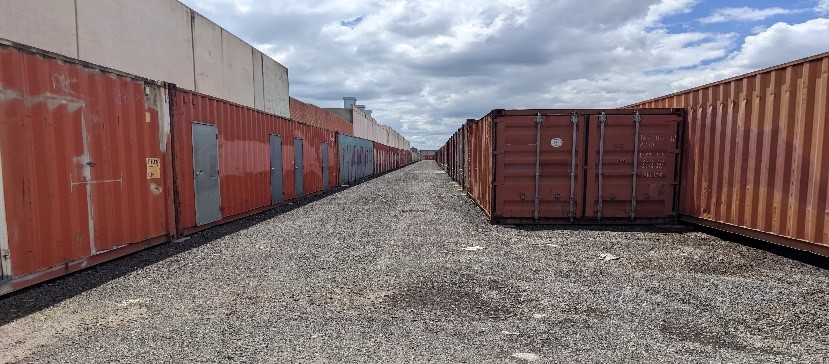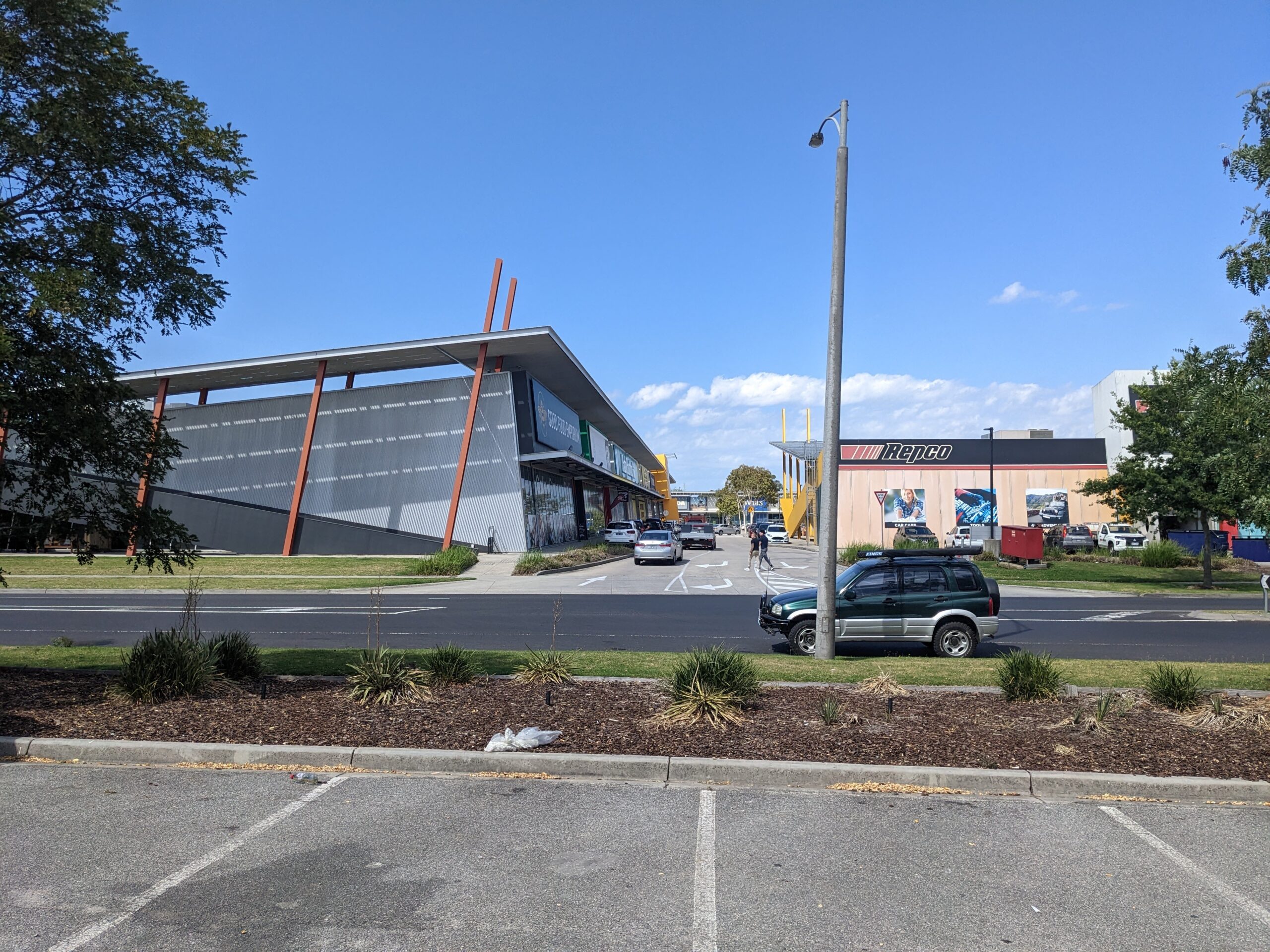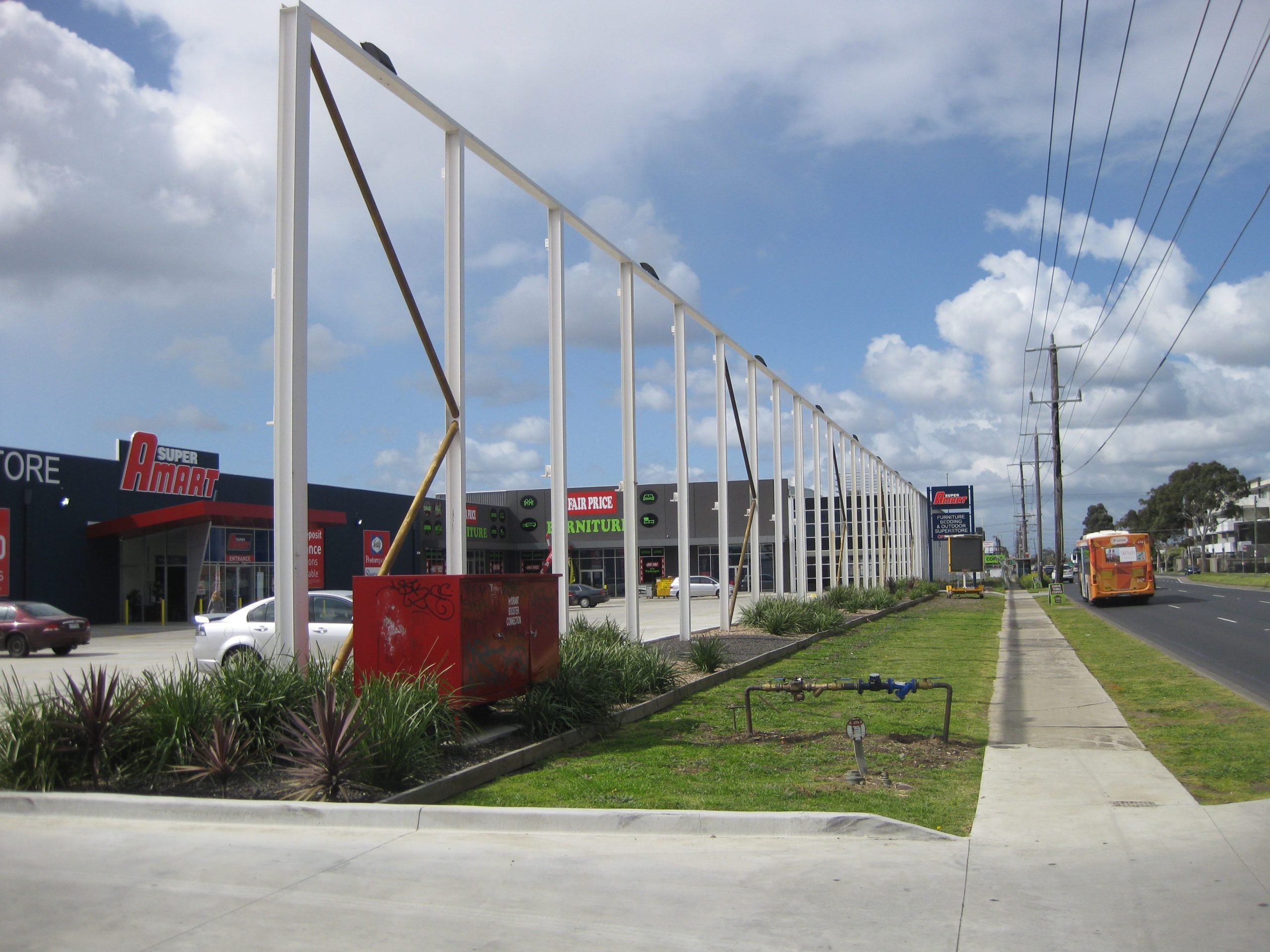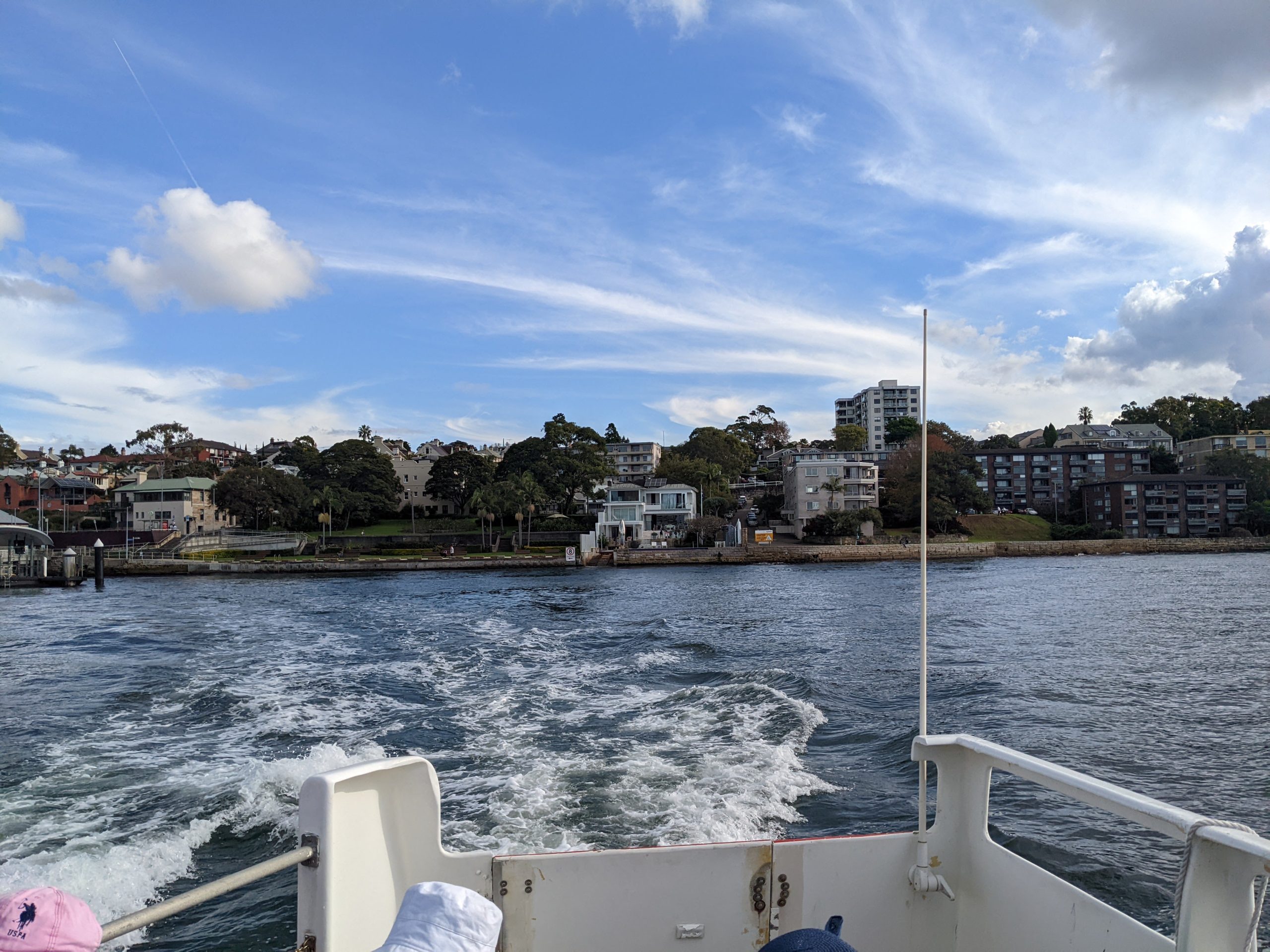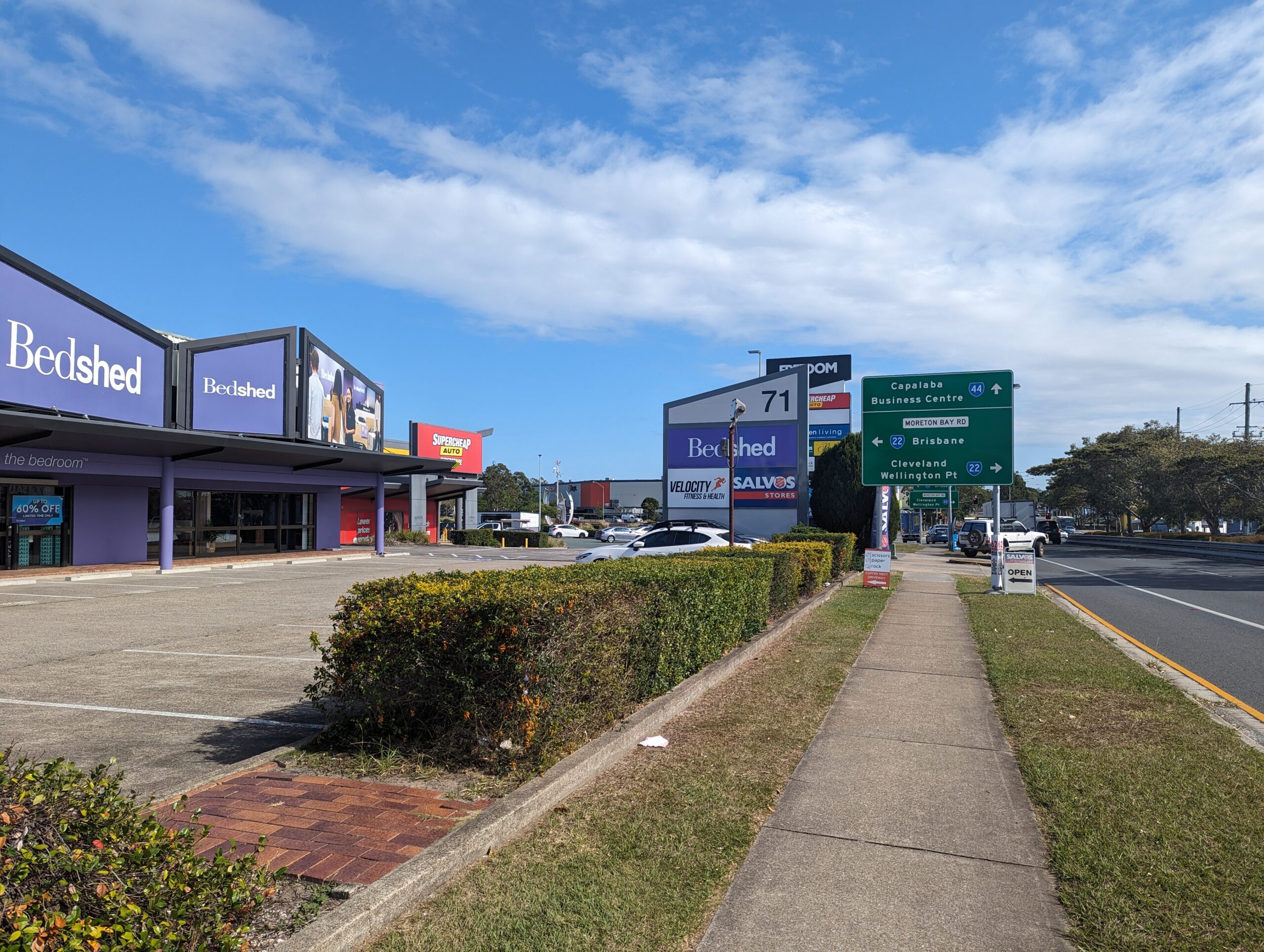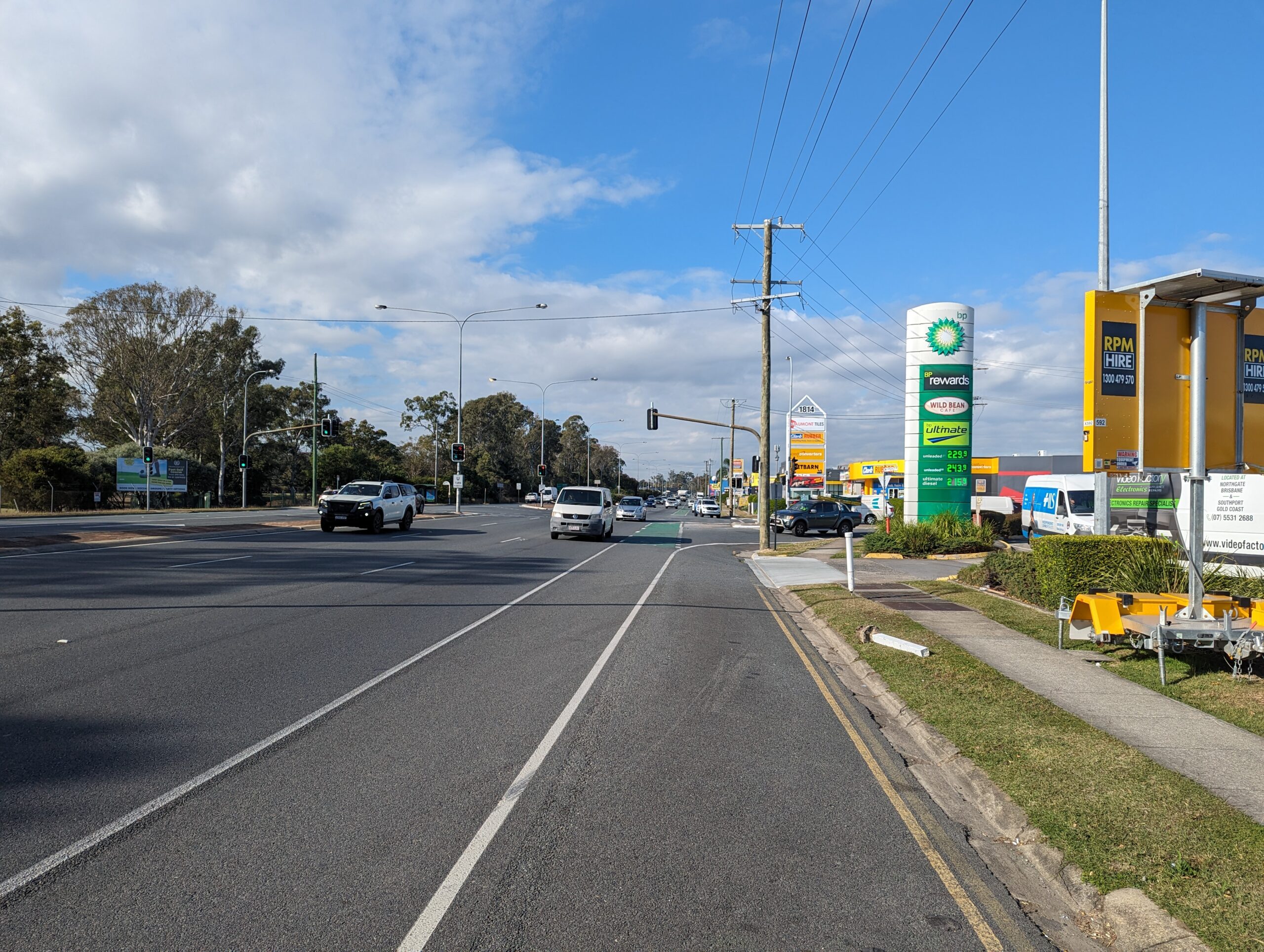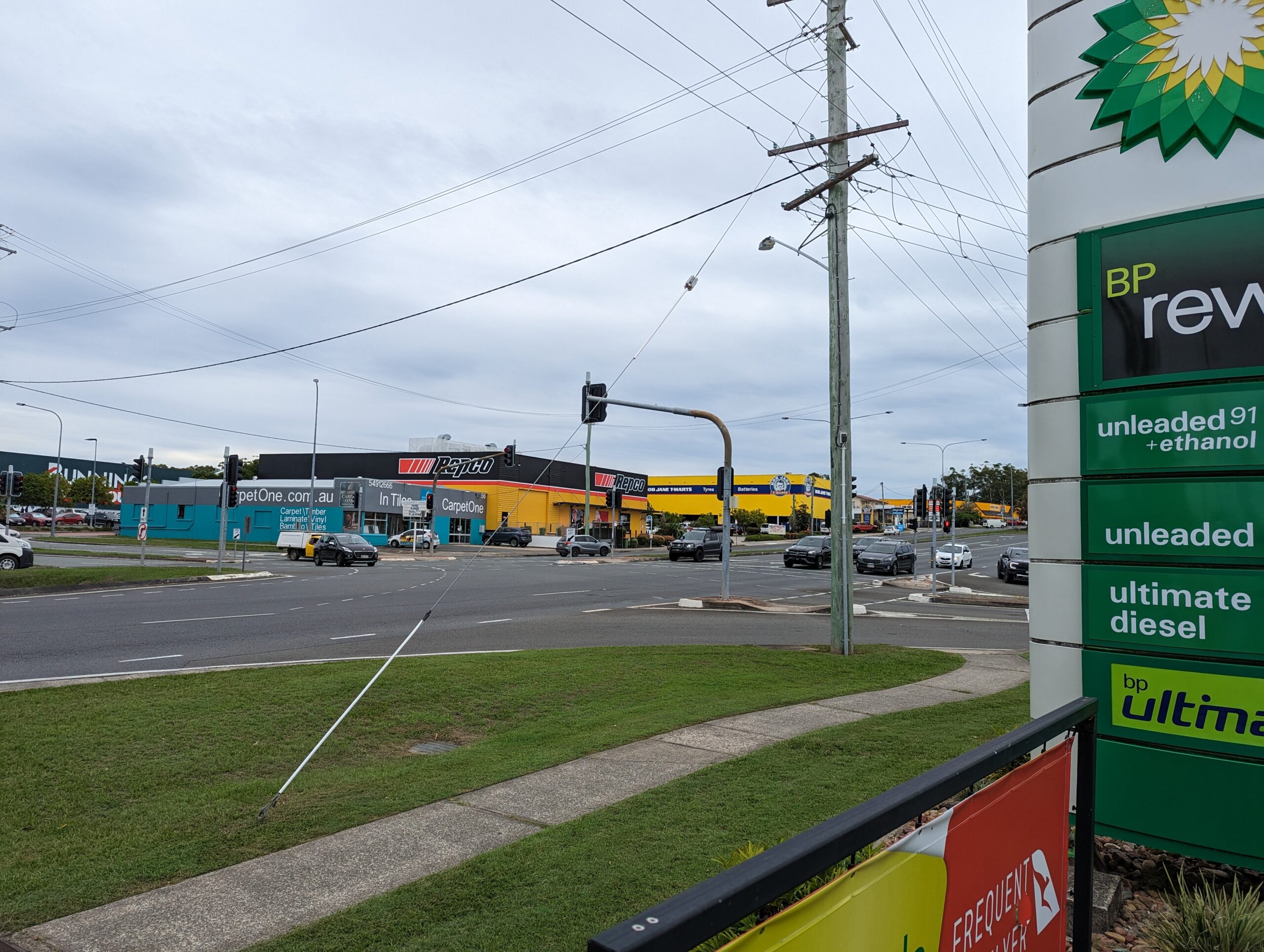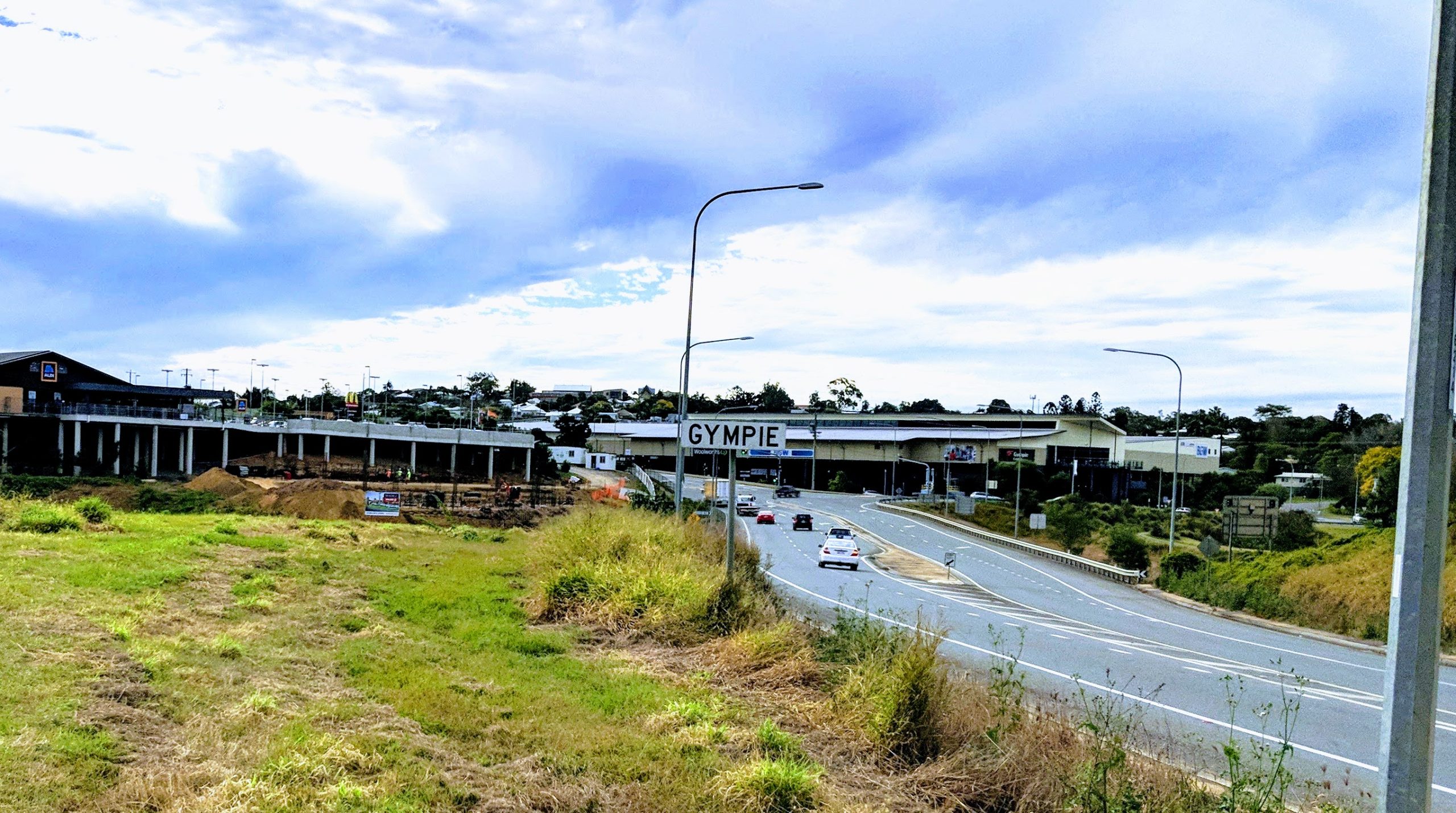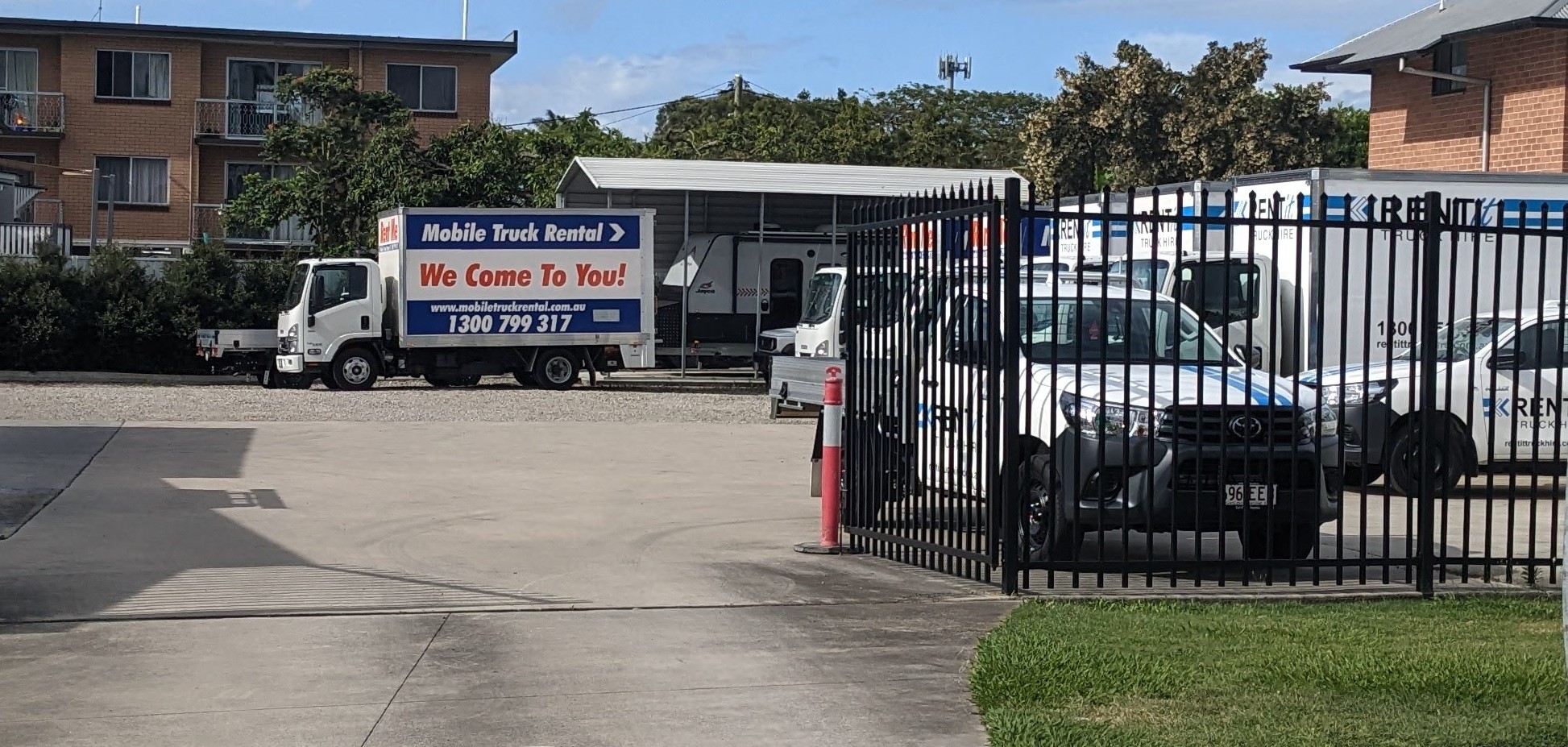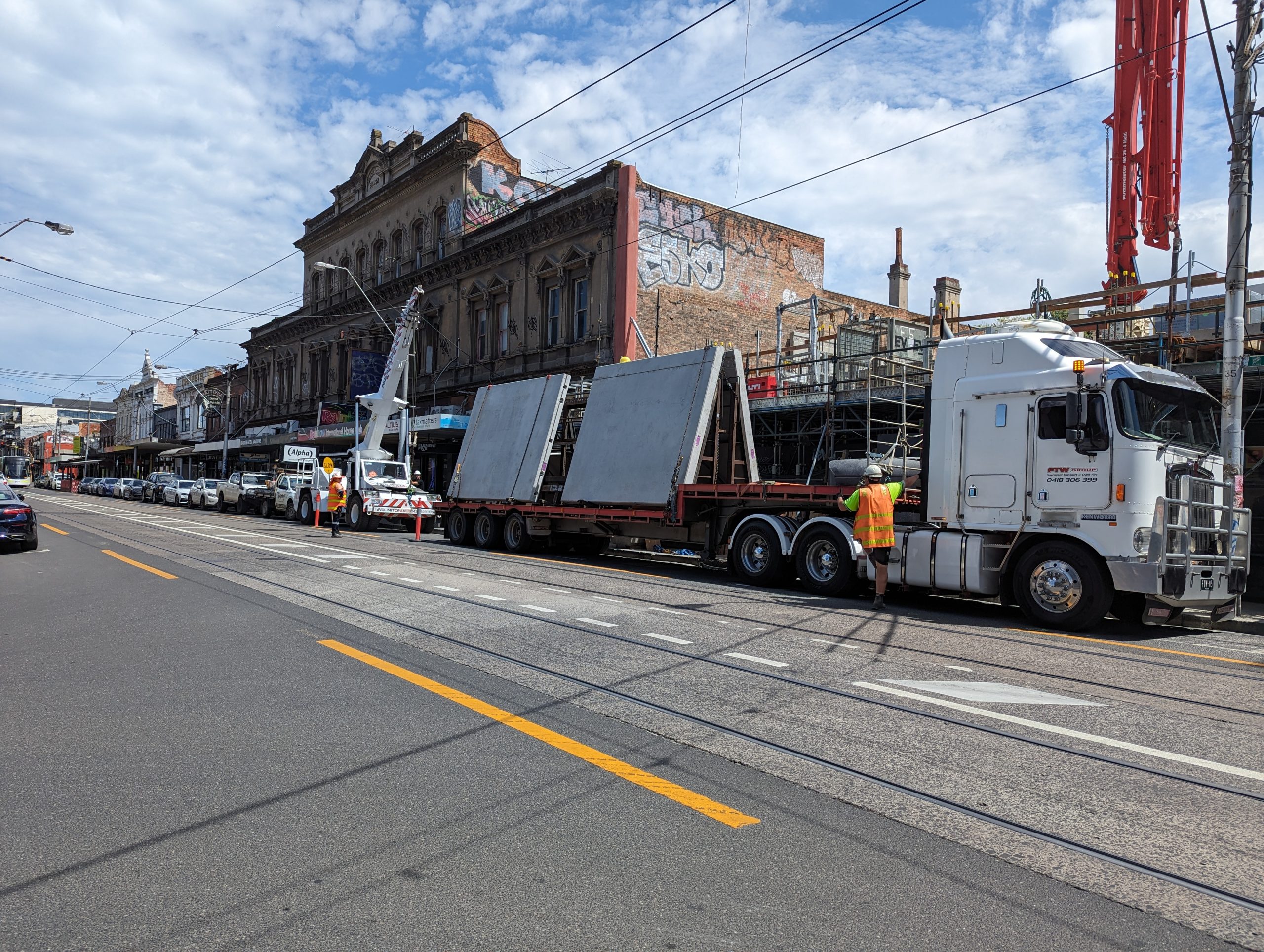Vacant sites wanted by end users & tenants for storage, servos, large format retail, rental hire & fast food restaurants
| Postcode | Suburb | Wants | Land or Building | Area sqm | Use |
|---|---|---|---|---|---|
| 2036 | Port Botany | Lease | Land | 800sqm | Storage |
| 2150 | Parramatta | Lease | Land | 800sqm | Storage |
| 4113 | Eight Mile Plains | Lease | Land | 800sqm | Storage |
| 4870 | Cairns | Buy or Lease | Land | 1500sqm | Mixed Use |
| 6210 | Mandurah | Buy or Lease | Land | 2000sqm | Fast Food |
| 3978 | Clyde | Buy | Land | 3500m2 | Servos |
| 4074 | Jindalee | Lease | Land | 3500m2 | Large-format retail |
| 2232 | Sutherland | Lease | Land | 3500m2 | Large-format retail |
| 2067 | Chatswood | Lease | Land | 3500m2 | Large-format retail |
| 4157 | Capalaba | Lease | Building | 3500m2 | Large-format retail |
| 4014 | Virginia | Lease | Building | 2500m2 | Large-format retail |
| 3064 | Craigieburn | Lease | Land | 3500m2 | Large-format retail |
| 2580 | Goulburn | Lease | Building | 2200m2 | Large-format retail |
| 2111 | Gladesville | Lease | Building | 3500m2 | Large-format retail |
| 4551 | Caloundra | Lease | Building | 3500m2 | Large-format retail |
| 4570 | Gympie | Lease | Building | 2200m2 | Large-format retail |
| 4802 | Airlie Beach | Lease | Building | 2200m2 | Large-format retail |
| 2536 | Batemans Bay | Lease | Building | 2200m2 | Large-format retail |
| 4000 | Brisbane | Lease | Land | 1800sqm | Highway Retail |
| 9726 | Gold Coast | Lease | Land | 10000sqm | Industrial |
| 3000 | Melbourne | Buy | Land | 10000sqm | Highway Retail |
Wanted: Sydney: Hardstand or yard space for temporary storage of containers
12/04/2024
Sites wantedWanted Western Sydney NSW metro yard hardstand or site : For container storage & rentals: 550 -800 sqm+
05/03/2024
Sites wantedWanted Industrial land for storage – Did you know your small unloved areas could bring you $$
01/03/2024
Sites wantedCairns: sites wanted for fast food, large format retail & servos
11/01/2024
Sites wantedSites wanted for multi-national fast food burger chain
26/12/2023
Sites wantedWanted site for servo – Clyde, Narre Warren, Pakenham Victoria
04/12/2023
Sites wantedWanted Jindalee Qld large format showroom: For major anchor retailer 2200-2500 sqm
30/10/2023
Sites wantedWanted Sutherland shire NSW large format showroom: For major anchor retailer: 2500-3500 sqm
30/10/2023
Buildings WantedWanted large format showroom – Chatswood
30/10/2023
Sites wantedWanted Capalaba Qld large format showroom: For major anchor retailer 2200-2500 sqm
11/09/2023
Sites wantedWanted Virginia Qld Large format showroom: For major anchor retailer 2200-2500 sqm
09/09/2023
Sites wantedWanted Craigieburn Vic large format showroom: For major anchor retailer 2500-3500 sqm
06/09/2023
Sites wantedWanted Goulburn, NSW large format showroom: For major anchor retailer 2000-2200 sqm
04/09/2023
Sites wantedWanted Gladesville NSW : Large format showroom: For major anchor retailer 2500-3500 sqm
06/03/2023
Sites wantedWanted Caloundra, Qld large format showroom: For major anchor retailer 2500-3500 sqm
05/03/2023
Sites wantedWanted Gympie Qld Large format showroom: For large format retailer 2200 sqm
04/03/2023
Sites wantedWanted Airlie Beach, Whitsundays, Qld large format showroom: For major Wanted for major anchor retailer 2000 – 2200 sqm
02/03/2023
Buildings WantedWanted Batemans Bay, NSW large format showroom : For anchor retailer2500 sqm
18/02/2023
Buildings WantedWanted Brisbane Qld metro yard or site on main road: For truck storage & rentals: 1800 sqm
07/11/2022
Sites wantedBrisbane Gold Coast Ipswich: Site wanted for prefab concrete manufacturer to supply Brisbane Metro
15/09/2022
Sites wantedNationwide -Self-Storage site specifications: 1Ha land 5000 sqm building
05/03/2022
Freehold InvestmentsWanted real estate on main roads & highways
Why are sites located on main roads and highways so valuable?
The value of a site is dependent upon what it can be used for. Sites on main roads and highways have a premium value because there are a greater number of potential end users available to locate on them. This is what we do. Our introduction of big-hitting-main-road-site-hunting end-users and developers can give your site its highest and best value.
For many years we have introduced landowners and developers to end users and have created greats investments in the process. The end-users who we have found to be the most reliable and hungry for growth are Fast Food restaurants, large-format retailers, storage industries, servos and healthcare. Below we detail the requirements of the different end users. Some end users are wanting to buy, others wanting a straight leaseback of land and improvements.
Servos
What size land and buildings are required for petrol or service stations?

Petrol or service stations will require a minimum land size of around 2000 sqm approx. and will accommodate a convenience store of 200 sqm approx including a retail canopy of about 565 sqm. They normally leaseback the developed land and building for 15 years with 4 further terms of 5 years, the rental guide will be circa $350k approx.. Sometimes, when there is available space, they will require a specialist canopy for truck filling. Sites required will be prominent and accessible and be close to a controlled intersection. The cost to build for a small facility will be around $3 500,000 approx. To see our list of service station retailers and others wanting additional locations, please click through to our wanted list here
Fast Food Restaurants
What type of sites are fast food restaurants looking for?
Main road or highway sites and space for twin drive throughs are vital for the big brands such as McDonalds, Zarrafa’s, Carl’s Jnr, Red Rooster, Hungry Jacks, KFC, Taco Bells, Guzman Y Gomez and Wendys. In fact, many wont look at new sites without space for at least one. There are a few exceptions for this with smaller restaurants such as Pizza Hut and Dominos who only require a store for home delivery or walk-ins and do not require drive through as such.
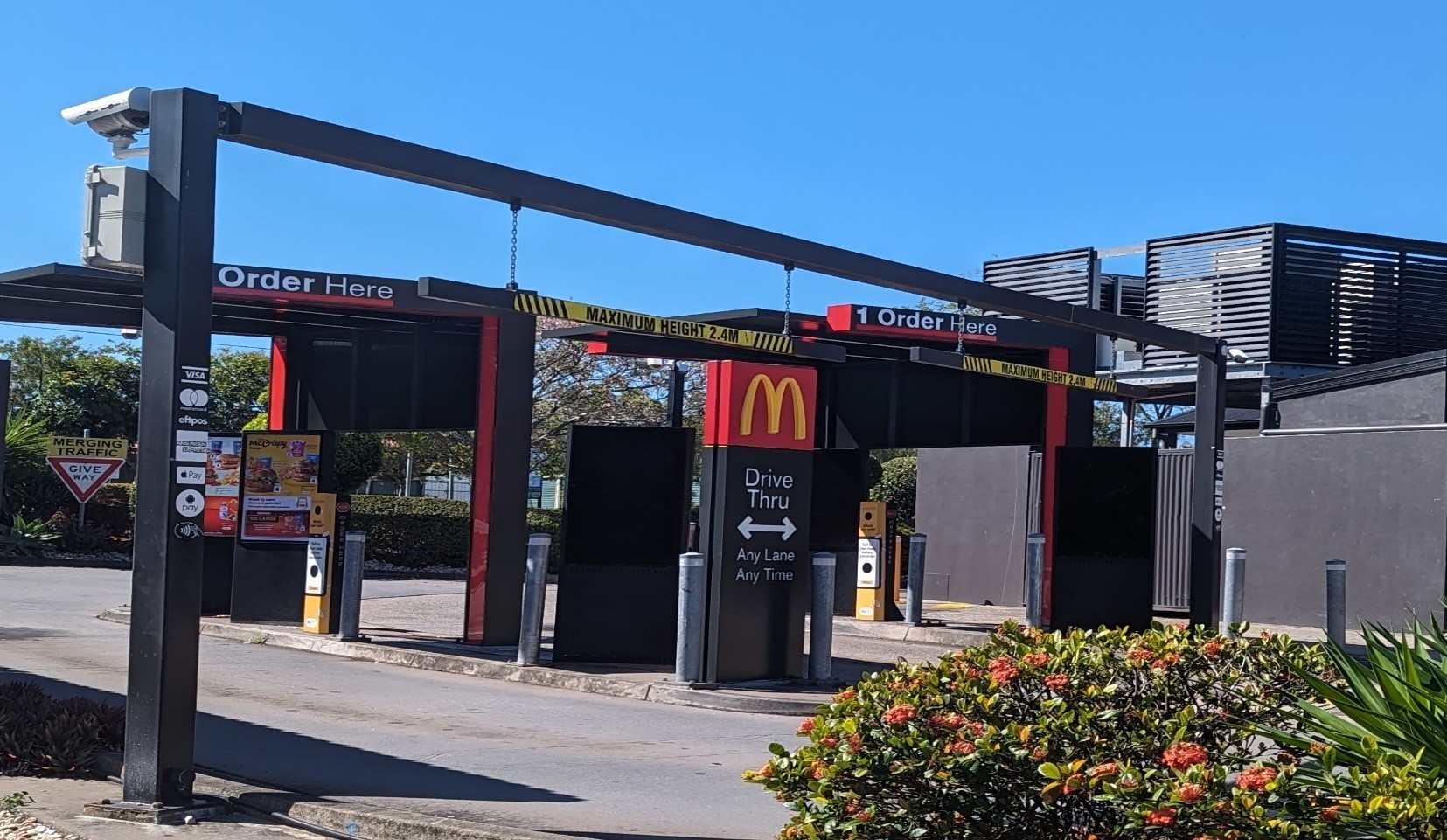
What size land and buildings are required for a fast-food restaurant?
Most drive-through restaurants will require minimum land of 2000 sqm approx in order to accomodate a store area of up to 300sqm approx plus space to accommodate a single or twin drive through, waiting bays and parking. Thereafter, there will be setbacks from main roads and council for carriageway, landscaping & parking. Be wary though, developing a fast-food restaurant will require many submissions to appease council and main roads and therefore will take a substantial investment with your consultants such as town planners etc.
As most fast food restaurants cater for a dinner solution, the positioning of the site will have to offer accessibility to home bound traffic. This means homebound carriageways. Also, accessibility for vehicles on the opposite side of the road is also important, and therefore near a controlled intersection is generally a fundamental requirement as well. Unless of course the restaurant sells predominately coffee the reverse applies.
In terms of rental deal, they generally require a land and building leaseback package, similar to a service station which will include their designed-built store. Within their package they will provide building specifications and the total building cost can be as much as $2,400,000 for a fully specified restaurants. They will also require extensive signage as well. Then of course the land cost adds to the total value of the holding. Restaurants often commit to a leaseback for 10 years and request 4 options of 5 years with maximum rental increase to be lower of CPI or 3%. Rentals can be as much as $350,000 per annum. Restaurant companies prefer gross rentals these days as well.
There are smaller fast food restaurants such as Pizza Hut and Dominos who require a minimal store size no larger than 100sqm approx and that is generally suited for convenience retail centers. To see our list of fast food retailers wanting additional locations, please click through to our wanted list here

Large format retail
What size land and buildings are required for a large format showrooms?
Large-format retail known as LFR were formally known as bulky goods or homemaker stores have proliferated along with Australia’s surging population. Large-format retailers embrace them, because rental levels are moderate due to the fact, they buildings are generic to numerous other LFR retailers, unlike fast food and service stations. Developers like them because, after planning and approvals they are relatively easy to construct with concrete slab floors and precast concrete walls. and the minimal fit outs. Investors are keen to own them as they are terrific wealth creators with the fact they control large chunks of land and the income is generated from multiple tenants, giving resistance to rental reductions due to vacancies. They also sell on relatively attractive returns of circa 7% compared with fast food and service stations which are much less, sometimes about half that. To see our list of LFR retailers wanting additional locations, please click through to our wanted list here

Storage Facilities
Self-Storage
What size land and buildings are required for a self-storage facility?
Initially, storage facilities we’re mainly built by converting existing buildings. Nowadays as the industry proliferates and expands, modern-day facilities are all different shapes and sizes, and there really is not a standard template as such. Also, conversions of buildings are not as common now, more often facilities are designed-built in order to incorporate the very latest in access technologies. Also, up to recently, the main priority has been to build 1000 -2000 units. Nowadays though, there is an emerging trend for facilities to only have only 100 units. (please see more on this in our section on self-storage- emerging trends below). Also, facilities can now rise to 8 to 10 stories. Up until the early 2020s a newly built facility would generally have 1000 storage units and would be built on around 10,000 sqm meters of land with a footprint of about half that amount. Self-Storage operators predominately buy land to develop facilities. To see our list of vacant sites, suited to self-storage please click here




What is the building template for a self-storage facility?
Well, that’s no longer easy to define!. The modern self-storage facility is currently undergoing a massive change. The change has been initiated with mobile technology allowing access remotely. Remote access means new facilities are being built in all sizes. Access is provided by the app and supported by a central control room. This flexibility will mean that operators will build new facilities according to the sites size and cost of land rather than, previously having a pre-determined minimum land size. To see our list of vacant sites, suited to self-storage please click here.
How do most self-storage facility work?
A self-storage facility will have up to 1000 storage units in variable sizes. Larger facilities sometimes have an onsite property manager, and each storer signs a storage agreement and is billed monthly. Storer’s rarely access their units and a standard facility has around 50:50 ratio of businesses to domestic customers. Domestic customers might store household furniture, wine, hobbies, or cars. Business customers might store files, stock, or archives. One of the most beautiful features about a self-storage facility is that because there are so many storer’s the total incoming income to the investor/owner is incredibly stable. The lease up time for a facility can take some time though. On average about 3 years to lease a 1000-unit facility. Some larger storage companies are now embracing fully remote-control facilities where access is provided by app. This is an emerging trend with the goal of reducing staffing costs. Simultaneously, and for a point of difference some operators are now advertising that their facility has onsite management as a point of difference to control room self-storage operators. To see our list of vacant sites, suited to self-storage please click here
What size land and buildings are required for a self-storage facility?
Initially, storage facilities we built by converting warehouses.
Conversions of buildings are not as common now, more-often facilities are design built. Also, up to recently, the main priority was to build up 2000 units. Nowadays though, there is an emerging trend for facilities to only have 100 units. (please see more on this in our section on self-storage- emerging trends). Facilities can now rise to 8 to 10 stories. Up until the early 2020s a newly built facility would generally have 1000 storage units and would be built on around 10,000 sqm meters of land with a footprint of about half that amount.. To see our list of vacant sites, suited to self-storage please click here
Why are self-storage facilities attractive to businesses for investors?
Because self-storage facilities have hundreds of multiple rent-paying storer’s interruption to income is minimized. In most other alternative commercial property such as offices or warehouses, the loss of several tenants would have a substantial negative impact on the income flow, whereas, a large self-storage facility, might have 1000 + storers paying monthly rent, means the loss of a few tenants has little impact.
There is also a factor that makes these investments extra attractive. Because land appreciates, and a self-storage facility generally controls a substantial plot of land, the prospects for growth in value are good. Working against the capital gain growth in a real estate investment is building depreciation. The good news here is that because the improvements required for a self-storage facility are minimal, depreciation is minimal, unlike office or elaborate industrial facilities where extensive fit outs are required.
Lastly, unlike other investments, people don’t visit facilities very often. This means that normal occupational requirements are not required such as a toilets and bathrooms. It also means that normal wear and tear on the buildings is reduced as well, this means less maintenance costs. To see our list of vacant sites, suited to self-storage please click here
What is the future of self-storage in Australia?
Since 2020 the demand of self-storage space has surged. A combination of factors has contributed to the surge. Immigration to Australia has increased to approximately 400,000 per year, low ownership rates contribute to households moving more often and using storage as a shock absorber, and higher density living has put pressure on households and their belongings. In addition to that, baby boomers have started to retire on mass creating storage pressure as they downsize or pass away.
The self-storage Industry has consolidated in 5 major storage operator groups, although there are still many independants. For many years the larger storage companies have been acquiring existing facilities from the founders of the facilities. The original founders are often simply family groups or syndicates. As the larger storage companies become larger, their resources have become greater and they have been able to afford cutting edge technology to ensure occupancy and prices remain as high as possible. Sometimes, network operators change their storage fees across their networks hourly in order to keep occupancy as high as possible. Smaller facility owners have been the beneficiaries of this as well in terms offering competitive rates. To see our list of vacant sites, suited to self-storage please click here
What trends are emerging for storage?

Mini-Storage. With the advent of technology and in particular phone apps, access to a storage facility can be simply via a mobile. This means that on-site self-storage manager is diminishing and a change-over is underway to centralized networking control rooms. As a result of this, mini storage facilities are coming back. Mini self-storage complex have up to 100 units. These types of storage weren’t so popular as a investment as they were awkward to manage, but now I expect they will be making a big come as they make for great little investments. Swift Storage is currently running the charge of these types of investments. To see our list of vacant sites, suited to storage please click here

Outdoor Storage
Outdoor storage for bulk such as containers, equipment or manufactured goods make sense. All the rental income without providing a building. In our view a perfect investment. See our website outdoor storage opportunities here.
What size land and buildings are required for outdoor storage?
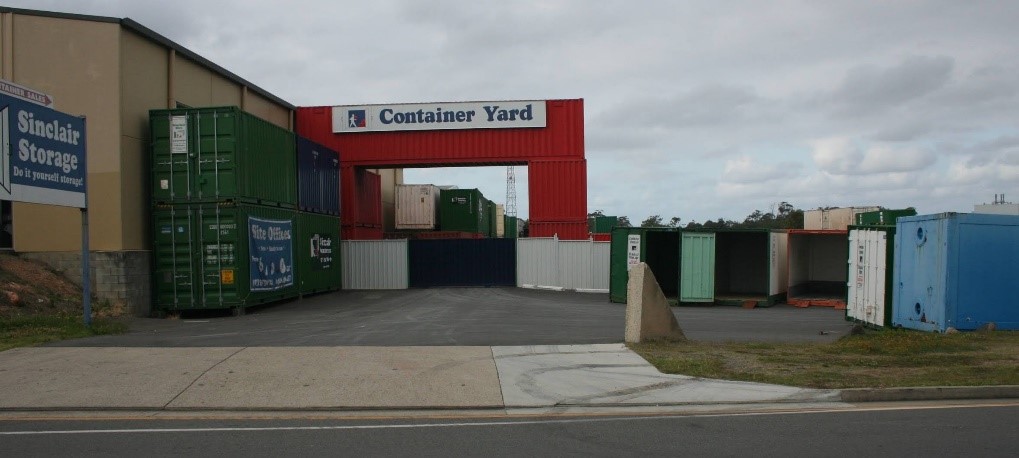
Outdoor storage would have to be one of the best most efficient investments there is. Whether it’s the storing of containers or storage of bulky items such as large, manufactured goods, equipment, trucks or cars, all you need is a main road site, preferably part of it can be concrete paved but not essential. Good solid businesses have been created like Sinclair storage on the gold coast, all the elements of a great investment holding a large site, limited capital required for buildings and best of all rent paid by multiple rent payers. Ideal site size required for metro areas 5000 sqm or above, but size can be flexible . To see our list of vacant sites, suited to self-storage please click here
What risks should I look out for with potential storage investments?
Insurance is becoming an issue for self-storage operators. Unfortunately, the nature of the business is that there is little control over what is being stored by storers. Insurance companies are becoming concerned about this and premiums are rising because of the perceived increased risk. Secondly competition for storage amongst different storage operators is intense. The large storage companies are often publicly owned and have huge financial resources. They will utilize these resources by offering storers incredible incentives, making it very difficult for new facilities to start up.
Rental companies
Car and truck rental companies are flexible as to whether the rental period is for short or long periods. They can accommodate development clauses in favour of the owner, after a minimum period of 2 years or so. The sites can be either hardstand or green field. As they are retailing from the site, they will need highway frontage and easy access for sometimes inexperienced drivers.
